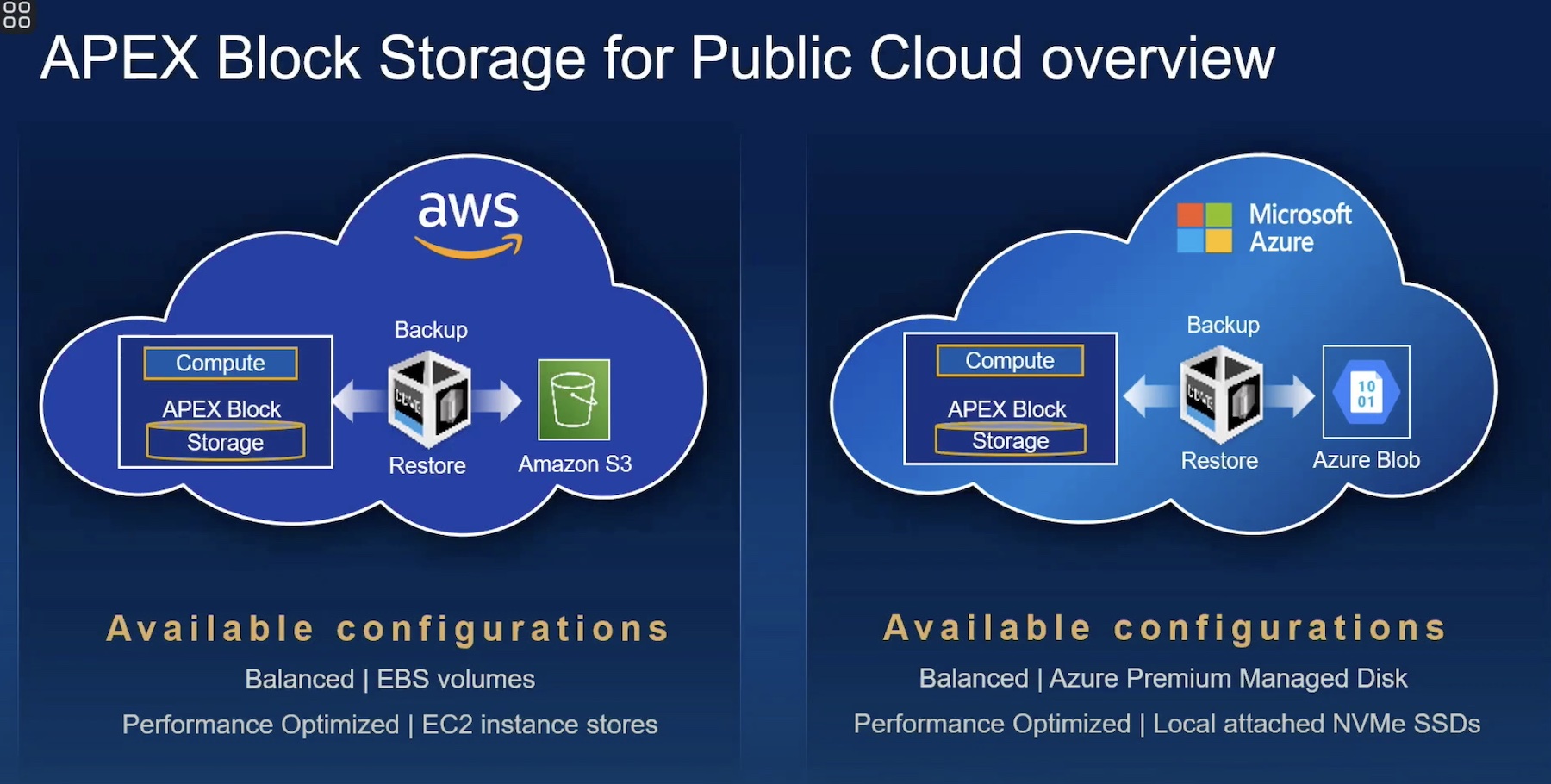Object-based storage has many advantages. For one, it offers affordable long-term storage for data at petabyte scale, thanks to it being a scale-out storage system. For another, the metadata is invaluable to data analysis. But it’s also famously slow. Performance that is its biggest tradeoff is now starting to pick up as object-based storage embraces flash media. With the arrival of all-flash object storage, things have turned around for this cold storage system.

AI/ML and Big Data workloads require a combination of speed and capacity and the all-flash object storage systems, with their infinite scalability and performance surge are doing a great job powering these workloads lately. That said, is object storage ready to be the primary storage in public cloud? Object storage has become primary storage for many performance-intensive cloud applications, but there’s more to explore there.
MinIO’s CMO Jonathan Symonds recently made a case for object storage being primary storage which Chris Mellor covers in his blog titled – “MinIO says S3 is primary storage on the public cloud” on Blocks & Files. He writes,
Can an object storage system function as primary storage? The general assumption is that primary storage is the fastest storage you can get to support important applications such as online transaction systems where response time is critical, and object storage is too slow.
Read his blogpost “MinIO says S3 is primary storage on the public cloud” where he dissects MinIO’s statement and shares his opinion of this with the readers. The MinIO presentations from the recent Storage Field Day event would be another great resource to check out on this.




